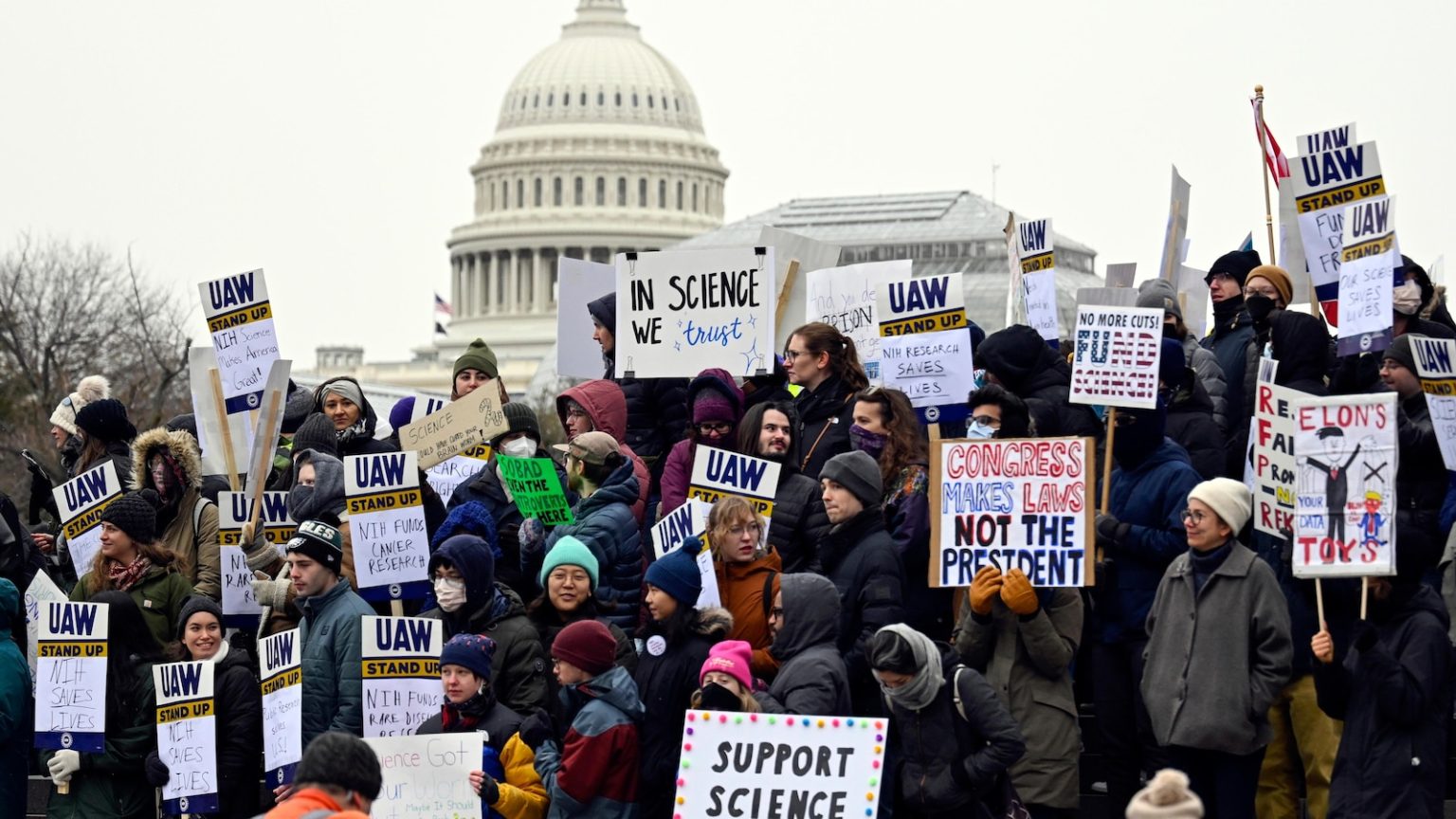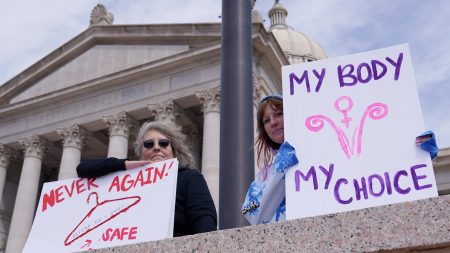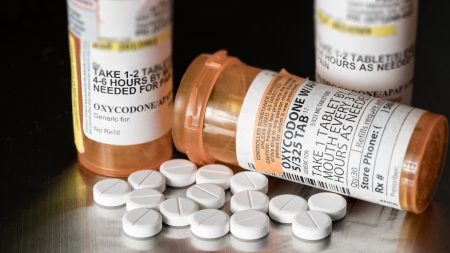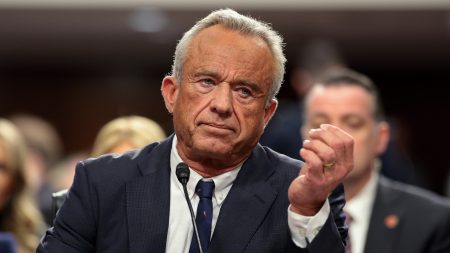A Growing Battle Over Medical Research Funding: Understanding the Impact on Science and Patients
The United States is in the middle of a heated legal and scientific debate over drastic cuts to medical research funding proposed by the Trump administration. These cuts, which target what are known as "indirect costs" associated with biomedical research, have sparked widespread concern among scientists, universities, and patients. At the heart of the issue is a new policy by the National Institutes of Health (NIH) that would slash hundreds of millions of dollars in funding for administrative and facility expenses tied to research grants. This move has been met with fierce resistance, with 22 states and numerous research institutions arguing that the cuts are illegal, harmful to scientific progress, and dangerous for patients.
The NIH Policy and Its Far-Reaching Implications
The NIH, the largest funder of biomedical research in the U.S., awarded over 60,000 grants in 2023, totaling around $35 billion. These grants are divided into "direct costs," which cover expenses like researchers’ salaries and laboratory supplies, and "indirect costs," which fund essential administrative and infrastructure needs. Examples of indirect costs include electricity for lab equipment, hazardous waste disposal, safety personnel, and janitorial services. Currently, the percentage of indirect costs is negotiated on a project-by-project basis, with some grants covering up to 50% or more of the total award. The new NIH policy would cap these indirect costs at 15% for all grants, both existing and new, effective immediately. The Trump administration argues that this change will save NIH $4 billion annually. However, researchers and institutions warn that this drastic reduction will cripple their ability to conduct vital research and jeopardize countless ongoing projects.
A Legal Showdown in Massachusetts
The battle over these funding cuts is now playing out in a federal courtroom in Massachusetts, where U.S. District Judge Angel Kelley is presiding over the case. Judge Kelley, appointed by President Joe Biden, has already issued a temporary restraining order blocking the cuts from taking effect earlier this month. Now, she must decide whether to extend this order, potentially halting the policy indefinitely. At the center of the legal arguments is a bipartisan congressional decision during Donald Trump’s first term that explicitly prohibited such cuts. Attorneys for the 22 states and research organizations argue that the NIH is defying Congress and violating the law by implementing these changes. "Yet here we are again," they wrote in a court motion, accusing the NIH of being "in open defiance" of congressional authority.
The Trump administration, on the other hand, maintains that the NIH has the authority to modify grant terms after they have been awarded. In court filings, administration lawyers argue that Judge Kelley’s courtroom is not the appropriate venue to resolve contract disputes and that the states and researchers have not demonstrated that they would suffer "irreparable injury" if the cuts are implemented. This argument has been met with skepticism by the plaintiffs, who point to the real and immediate harm these cuts would cause to research institutions, patients, and local economies.
The Human Cost of the Funding Cuts
The potential consequences of the NIH’s policy are not just abstract or financial; they have a direct impact on people’s lives. Researchers and institution leaders have shared alarming examples of how the cuts would disrupt critical work. For instance, the University of Wisconsin, Madison, has warned that the funding reductions could force the cancellation of clinical trials for new treatments, leaving patients without viable alternatives. Johns Hopkins University has taken an even more dire tone, stating that the cuts could result in the termination or significant scaling back of hundreds of NIH-funded studies, including those that directly benefit patients. In a memo to employees, Johns Hopkins President Ron Daniels and Hopkins Medicine CEO Theodore DeWeese emphasized that the services and breakthroughs provided by these studies are "not ‘overhead’—they are the heart of our mission to save lives."
The cuts also threaten the livelihoods of tens of thousands of researchers and support staff across the country. The University of Florida has estimated that it would need to cut "critical research staffing" by about 45 people if the policy stands. Additionally, the construction of a new research facility in Detroit, which is expected to create nearly 500 jobs, could be paused or even abandoned due to the loss of funding. These examples illustrate the broader economic impact of the cuts, which extend far beyond the laboratory to affect local communities and state economies.
The Broader Significance of the Fight Over Research Funding
At its core, this legal battle is about more than just funding—it’s about the future of biomedical research and the patients who depend on it. The NIH has long been a cornerstone of medical innovation, supporting groundbreaking studies that have led to life-saving treatments for diseases like cancer, Alzheimer’s, and heart disease. By cutting indirect costs so severely, the Trump administration is putting this foundation at risk. Researchers and institutions argue that these costs are essential to the functioning of labs and clinical trials, and that without them, the entire research enterprise will grind to a halt.
The case also raises important questions about the role of the federal government in supporting science and the rule of law. The plaintiffs contend that the NIH is disregarding clear congressional directives, setting a dangerous precedent for future policy decisions. At the same time, the Trump administration’s push to reduce costs reflects a broader tension between fiscal austerity and investment in science—a tension that has existed for decades but has grown increasingly polarized in recent years.
As the legal battle resumes, all eyes will be on Judge Kelley and her decision on whether to extend the temporary restraining order. Whatever the outcome, the stakes could not be higher. The patients waiting for new treatments, the researchers working tirelessly in labs, and the communities relying on these institutions for economic vitality all have a lot to lose if the NIH’s policy is allowed to stand. This case is a stark reminder of the delicate balance between fiscal responsibility and the critical need to invest in scientific progress—a balance that, if tipped too far in either direction, could have far-reaching and devastating consequences.















